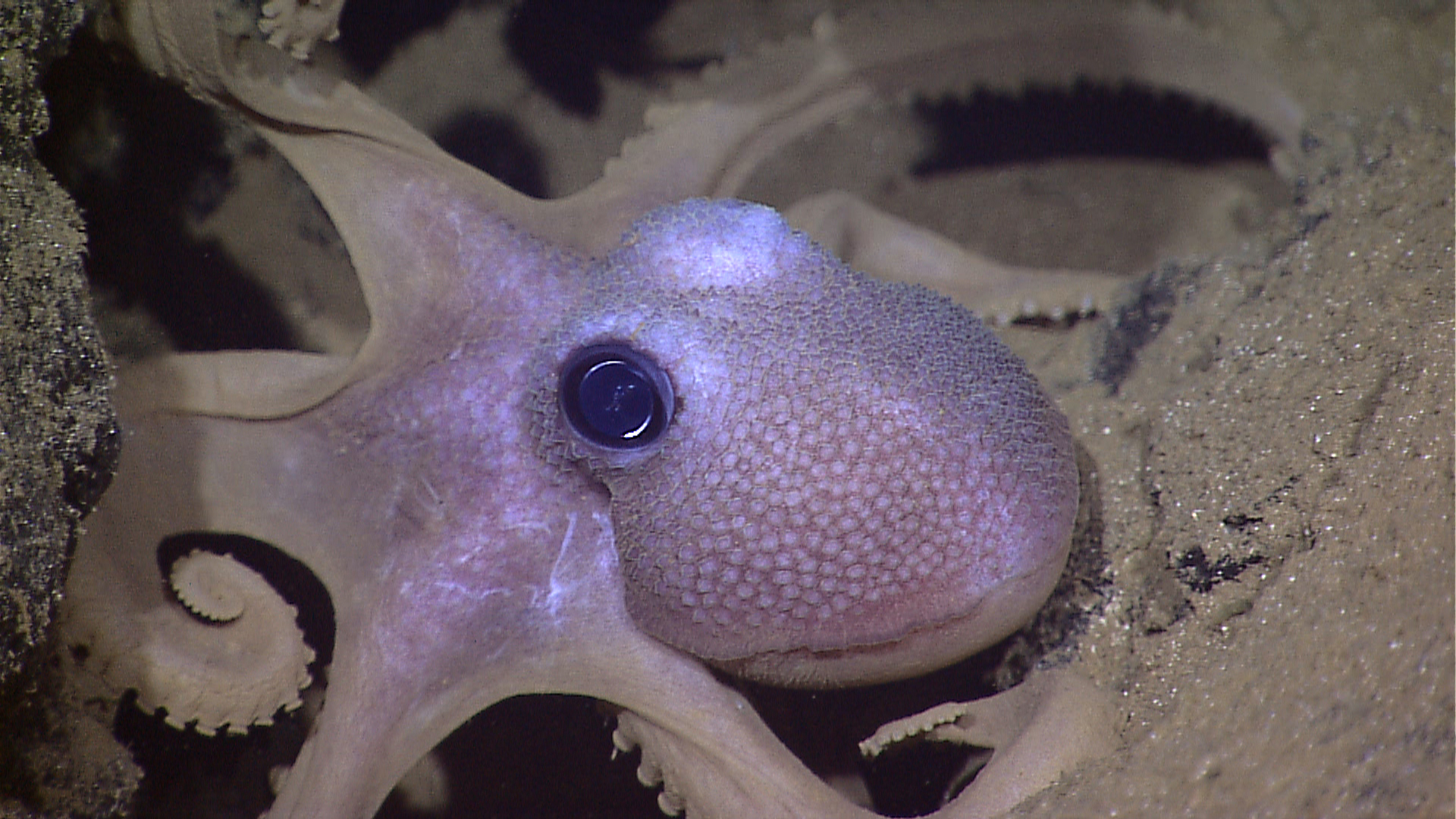A new robotic suction cup which can grasp rough, curved and heavy stone, has been developed by scientists at the University of Bristol.
Tag: Octopus
Scientists create octopus survival guide to minimise impacts of fishing
Australian scientists have created a survival guide for octopus to ensure fisheries remain sustainable, protecting the longevity of this ancient animal while guaranteeing the world doesn’t go hungry.
Heat stress from ocean warming harms octopus vision
While climate change has led to an increase in the abundance of octopuses, heat stress from projected ocean warming could impair their vision and impact the survivability of the species.
New insights into the genetics of the common octopus: genome at the chromosome level decoded
Octopuses are fascinating animals – and serve as important model organisms in neuroscience, cognition research and developmental biology. To gain a deeper understanding of their biology and evolutionary history, validated data on the composition of their genome is needed, which has been lacking until now.
Octopuses map their visual landscape much like humans do
An octopus devotes about 70 percent of its brain to vision. But until recently, scientists have only had a murky understanding of how these marine animals see their underwater world. A new University of Oregon study brings the octopus’s view into focus.
Tracking a New Path to Octopus and Squid Sensing Capabilities
Research led by UC San Diego and Harvard has traced the evolutionary adaptations of octopus and squid sensing capabilities. The researchers describe for the first time the structure of an octopus chemotactile receptor, which octopus arms use for taste-by-touch exploration of the seafloor.
Unique features of octopus create ‘an entirely new way of designing a nervous system’
A new study on the intramuscular nerve cords of octopuses reveals that they are connected in a unique and unexpected geometric structure.
Underwater glove puts octopus’ abilities on the hand of humans
Humans aren’t naturally equipped to thrive underwater. There are critical times when this becomes a liability. Rescue divers, underwater archeologists, bridge engineers, and salvage crews all use their hands to extract people and objects from water, and some of those removals suffer damage if subjected to an iron grip. Researchers at Virginia Tech working to solve this problem have developed an octopus-inspired glove capable of securely gripping objects underwater. They call it: Octa-glove.

Changes in cholesterol production lead to tragic octopus death spiral
Cholesterol metabolism is responsible for an unusual “death spiral” that some octopus mothers undergo after laying their eggs. The research, published May 12 in Current Biology, reveals that steroid hormones play critical roles in metabolism, behavior, life history and health across the animal kingdom.
‘Octo Girl’ Takes a Deep Dive to Discover How Diverse Octopus Species Coexist
A first in situ, long-term study explored how the common octopus, a medium-sized octopus widely distributed in tropical and temperate seas worldwide and the Atlantic longarm octopus, a small species of octopus found in the Atlantic Ocean and elsewhere, coexist by examining their foraging habits and tactics, diet, behaviors and when they are active or inactive. Results show that their very different behaviors and habits is exactly how these two species coexist in a shallow Florida lagoon- even at high densities.
Insights from colour-blind octopus help fight human sight loss
University of Bristol research into octopus vision has led to a quick and easy test that helps optometrists identify people who are at greater risk of macular degeneration, the leading cause of incurable sight loss.

3D-Printed Smart Gel Changes Shape When Exposed to Light
Inspired by the color-changing skin of cuttlefish, octopuses and squids, Rutgers engineers have created a 3D-printed smart gel that changes shape when exposed to light, becomes “artificial muscle” and may lead to new military camouflage, soft robotics and flexible displays. The engineers also developed a 3D-printed stretchy material that can reveal colors when light changes, according to their study in the journal ACS Applied Materials & Interfaces.